Monetize your voice—ever thought those four words could apply to you, even if you’re not a chart-topping superstar? Picture this: music producers and content creators all over the world are desperately searching for that one unique vocal hook, that perfect atmospheric ad-lib, or a soulful phrase to bring their project to life. And that unique voice could be yours.
For a long time, breaking into this world meant expensive studio time, professional sound engineers, and industry connections. Not anymore. Thanks to the incredible power of AI, the barrier has been shattered. You can now create professional-quality vocal samples right from your bedroom with minimal gear.
Ready to turn your vocal cords into a source of income? Let’s dive into how you can use AI vocal removers to create and sell your own vocal sample packs.
Why Monetize Your Voice Now? The AI Advantage
The creator economy is booming, and with it, the demand for authentic, high-quality audio assets. Producers are tired of using the same old stock samples. They want something fresh, human, and unique. Here’s why now is the perfect time to jump in:
- Low Startup Costs: Forget booking a $100/hour studio. All you really need is a decent microphone, a computer, and the right AI software.
- Passive Income Potential: Create a vocal sample pack once, upload it to a marketplace, and it can generate sales for months or even years to come. It’s the definition of working smarter, not harder.
- The AI Edge: AI vocal removers are game-changers. These tools can surgically extract vocals from a full song, giving you a clean acapella to work with. This means you can practice by using existing songs (for personal use and learning) or easily isolate your own vocals from a simple backing track you created.
Your Step-by-Step Guide to Monetize Your Voice with Vocal Samples
Feeling excited? Good. Here’s a practical, step-by-step roadmap to get you started.
H3: Step 1: Find or Create Your Source Material
First, you need a recording with your voice. You have a couple of options:
- Record Originals: Write and sing your own short phrases, ad-libs (“yeah,” “oh,” “uh-huh”), hooks, or even just spoken words. This is the best route as you own 100% of the copyright.
- Use Your Own Songs: If you’re a singer-songwriter, you have a goldmine of content. You can extract the vocals from your own demos.
- A Note on Covers: While using an AI vocal remover on a famous song is great practice, do not sell these samples. Selling vocals from copyrighted songs is illegal and will get you into serious trouble. Stick to material you own completely.
Pro-Tip: Record in a quiet space. A closet with clothes hanging up makes for a fantastic, free vocal booth because the fabric absorbs echoes!
H3: Step 2: The Magic of AI Vocal Removers
This is where the tech does the heavy lifting. AI vocal removers use sophisticated algorithms to analyze a track and separate the vocal frequencies from the instrumental ones.
How it works:
- Choose a Tool: There are many great options available like
LALAL.AI,Moises.ai, or web-based services. Many offer free trials so you can test them out. - Upload Your Audio File: Take the
.mp3or.wavfile of your recording (your voice with a simple backing track, for example). - Let the AI Process: The tool will work its magic and provide you with separate downloadable files—typically one for the vocals (the acapella) and one for the instrumental.
- Download Your Acapella: Grab that clean vocal track. This is the raw material for your sample pack.
H3: Step 3: Clean, Chop, and Polish Your Samples
Now you have your raw acapella. To make it commercially viable, you need to polish it. You don’t need expensive software; a free Digital Audio Workstation (DAW) like Audacity or GarageBand is perfect for this.
- Chop it Up: Listen through the acapella and find the best parts. Isolate individual words, short phrases, and melodic runs. Each of these will be a single sample.
- Clean the Audio: Remove any unwanted background noise, loud breaths, or clicks between phrases.
- Organize and Label: This is CRITICAL. Producers need to know what they’re getting. A great naming convention is:
Type_Description_Key_BPM.wav.- Example:
Vocal_Adlib_Yeah_Am_120bpm.wav - Example:
SpokenWord_Phrase_BelieveInYourself_C_90bpm.wav
- Example:
- Keep it ‘Dry’: Unless you’re selling a specific “wet” or effects-heavy pack, it’s best to sell the samples “dry” (without reverb, delay, or other effects). This gives the producer maximum flexibility.
H3: Step 4: Package and Price Your Vocal Pack
Don’t just sell individual files. Group your polished samples into a themed “pack.”
- Theme Ideas: “Ethereal Female Ad-libs,” “Hype Rap Shouts Vol. 1,” “Cinematic Spoken Word,” “Soulful R&B Vocal Hooks.”
- How Many Samples?: A good starter pack might have 25-50 high-quality samples.
- Pricing: Research what similar packs sell for on marketplaces. A small pack could range from $15 to $40. It’s about quality, not just quantity.
Where to Sell Your Vocal Samples and Monetize Your Voice
You’ve created your professional-quality sample pack. Now, where do you sell it?
- Sample Marketplaces: Websites like Splice, Loopmasters, and Producer Loops are the giants in this space. They have a massive audience of producers, but you’ll need to apply to become a creator, and they take a cut of the sales.
- Direct-to-Consumer Platforms: Sites like Gumroad or Sellfy are perfect for beginners. You have full control over your product, pricing, and you keep a much larger percentage of the revenue. You’ll have to market it yourself, but it’s incredibly empowering.
- Your Own Website: If you already have a blog or artist website, you can sell directly from there using e-commerce plugins.
Your voice is a one-of-a-kind instrument. In 2025, the tools to record, refine, and monetize your voice are more accessible than ever. Stop letting that unique asset go unheard. Start creating, start experimenting with AI, and share your sound with a world of creators waiting to hear it.
Frequently Asked Questions (FAQ)
1. Do I need to be a professional or technically perfect singer to monetize my voice? Not at all! Many producers are looking for character and uniqueness, not technical perfection. A voice with a unique timbre, an interesting accent, or a raw, emotional quality can be far more valuable than a perfectly trained but generic voice.
2. Is it legal to use an AI vocal remover on any song and sell the vocals? No. It is only legal to sell vocals that you have the full copyright to. This means vocals you have written and recorded yourself. Using an AI tool to extract and then sell vocals from a copyrighted song by another artist is copyright infringement and is illegal.
3. What is the absolute minimum equipment I need to get started? You can start with three things:
- A computer.
- A USB microphone (options like the Audio-Technica AT2020 or Blue Yeti are popular and affordable).
- A quiet place to record.
4. How much money can I realistically make selling vocal samples? This can vary wildly. Initially, think of it as a fun side hustle or a way to earn some passive income. As you build a reputation and a catalog of high-quality packs, it could grow into a more significant income stream. Some top-tier sample pack creators make a full-time living, but it takes time and dedication.
5. What makes a vocal sample pack ‘high-quality’ and likely to sell? Three key things:
- Audio Quality: Clean recordings with no background noise or clipping.
- Usefulness & Organization: The samples are well-edited, useful for modern music genres, and meticulously labeled with key and BPM.
- Uniqueness: The pack has a distinct style, theme, or character that makes it stand out from the thousands of other packs available.
Savoring Traditions: A Journey Through Timeless Flavors
The Evolution of Smartphones: From Brick to Pocket Supercomputers
Unveiling the Latest Flagship Phones: A Comprehensive Review and Comparison
Elevate Your Look with Accessories: The Power of Statement Pieces
Camera Showdown: Comparing the Best Smartphone Photography Features

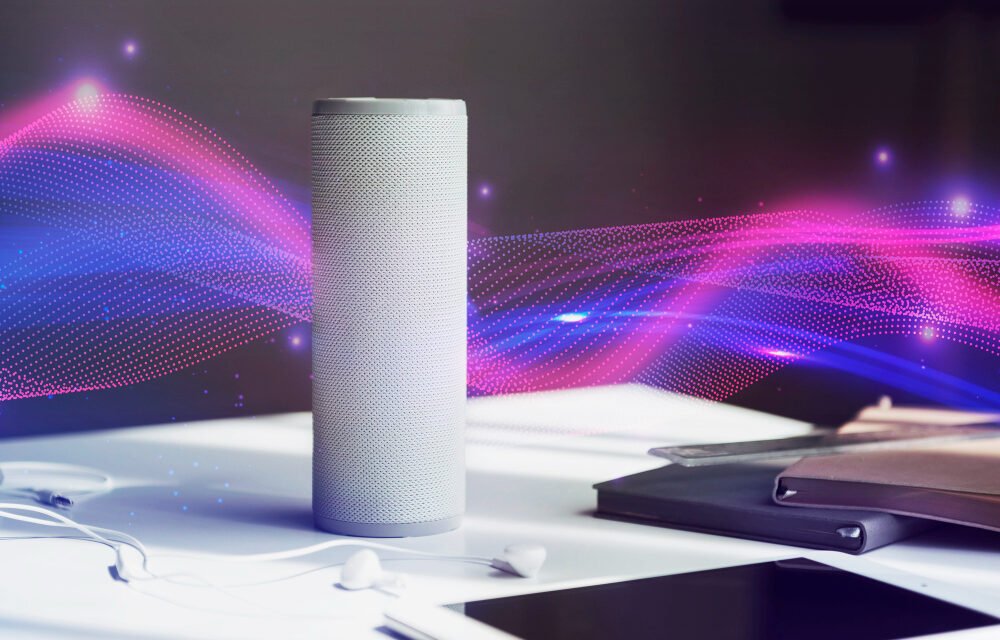

 Get Paid for Article Writing in 2025: The Ultimate Beginner’s Guide
Get Paid for Article Writing in 2025: The Ultimate Beginner’s Guide  Passive Income from AI-Enhanced Affiliate Blogging: The 2025 Strategy
Passive Income from AI-Enhanced Affiliate Blogging: The 2025 Strategy  ChatGPT as Your Virtual Side Hustle Assistant: Work Smarter, Earn More in 2025
ChatGPT as Your Virtual Side Hustle Assistant: Work Smarter, Earn More in 2025 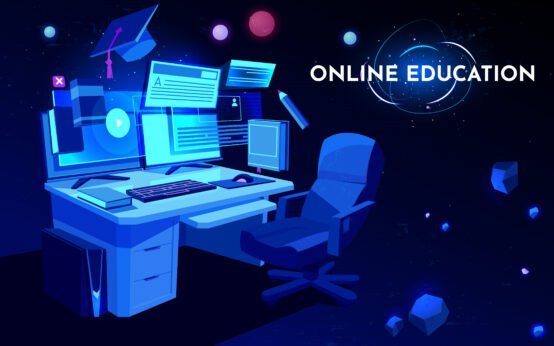 Designing & Selling AI-Boosted Courses: Your 2025 Blueprint for Success
Designing & Selling AI-Boosted Courses: Your 2025 Blueprint for Success  Leveraging AI Transcription Services: The Ultimate Guide to Earning a Steady Income
Leveraging AI Transcription Services: The Ultimate Guide to Earning a Steady Income 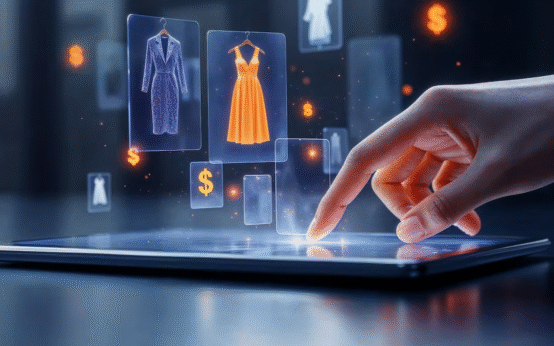 Sell Digital Products in 2025: Your Guide to AI-Driven Design
Sell Digital Products in 2025: Your Guide to AI-Driven Design  DeFi vs Traditional Finance: A Comparison
DeFi vs Traditional Finance: A Comparison  The Crucial Role of Customer Service for Every Entrepreneur
The Crucial Role of Customer Service for Every Entrepreneur  Crypto Market Value Drops 30% as Trump Tariffs Spark Global Economic Turmoil
Crypto Market Value Drops 30% as Trump Tariffs Spark Global Economic Turmoil 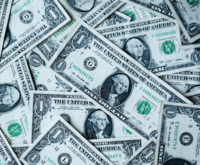 Fartcoin Surges 10% as Major Cryptocurrencies and Stocks Suffer Amid Trump’s Trade War
Fartcoin Surges 10% as Major Cryptocurrencies and Stocks Suffer Amid Trump’s Trade War  Crypto Funds Face $240 Million in Outflows as U.S. Tariffs Drive Market Uncertainty, Bitcoin ETPs Lead Decline
Crypto Funds Face $240 Million in Outflows as U.S. Tariffs Drive Market Uncertainty, Bitcoin ETPs Lead Decline 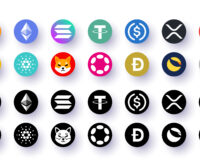 Why Cryptocurrency is Losing Trust as a Currency
Why Cryptocurrency is Losing Trust as a Currency